UV-VIS Spectrophotometer UV1000
The Labindia UV-VIS Spectrophotometer UV1000 features advanced dual monochromator technology, making it ideal for various applications in pharmaceuticals, biotechnology, and food safety. It offers wireless control and data acquisition via a Tablet PC, enhancing laboratory mobility. With temperature-controlled cell holders and nitrogen-purged optics, it ensures precise measurements.
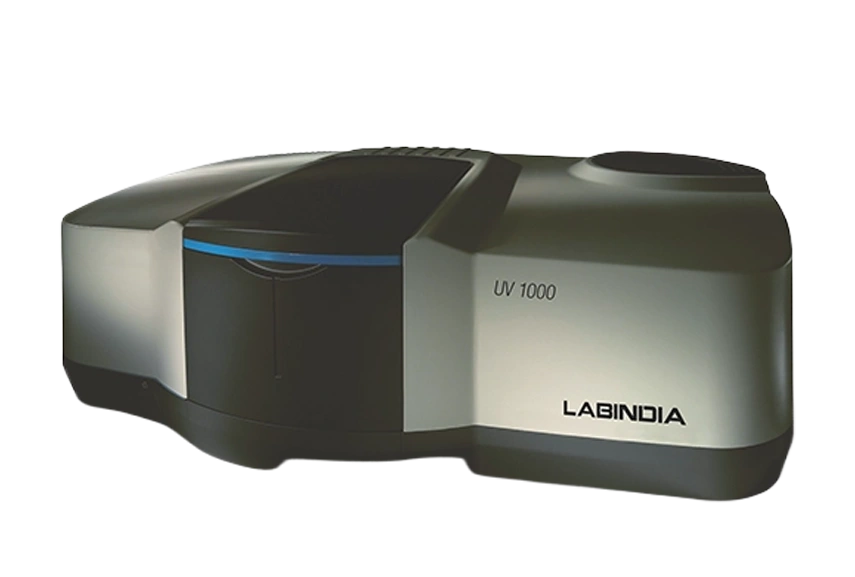
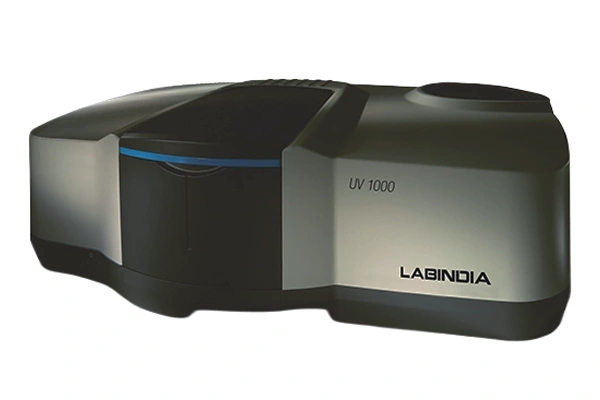
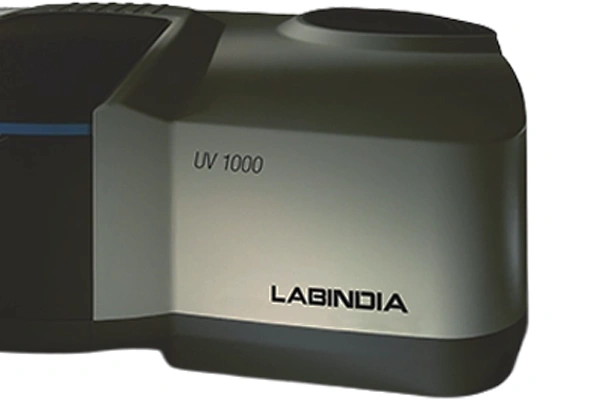
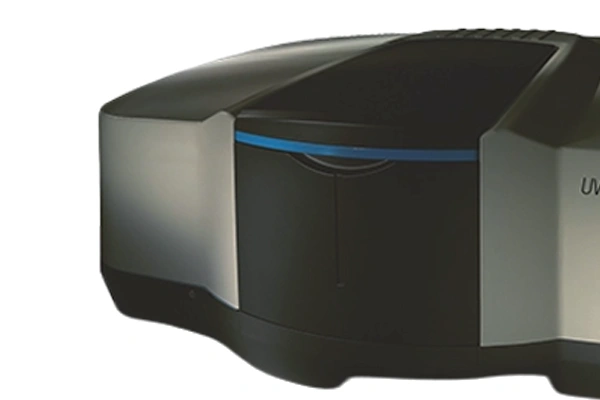
UV-VIS Spectrophotometer UV1000
The Labindia UV-VIS Spectrophotometer UV1000 features advanced dual monochromator technology, making it ideal for various applications in pharmaceuticals, biotechnology, and food safety. It offers wireless control and data acquisition via a Tablet PC, enhancing laboratory mobility. With temperature-controlled cell holders and nitrogen-purged optics, it ensures precise measurements.
DUAL MONOCHROMATOR EXCELLENCE
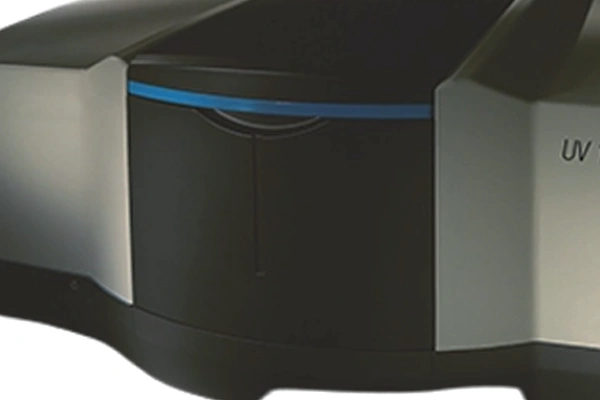

The UV1000 utilizes dual monochromator technology, ensuring exceptional accuracy and sensitivity for applications in pharmaceutical, material science, and biotechnology. Its ability to measure deep UV wavelengths with nitrogen-purged optics enhances its capability for rigorous analysis.
Key Features
Equipped with Wi-Fi technology, the UV1000 allows wireless control and data acquisition from a tablet PC, offering analysts the freedom to move within the lab while seamlessly monitoring sample measurements. Its thermostatic cell holders provide precise temperature control for consistent results.
FLEXIBLE WIRELESS OPERATION


